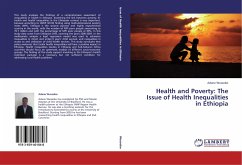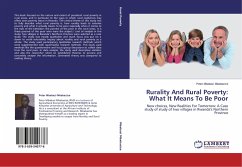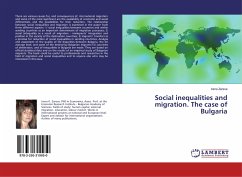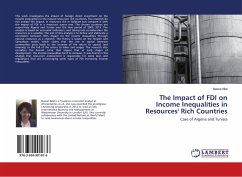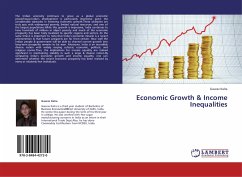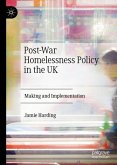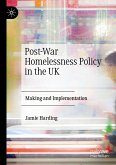This study analyses the findings of a comprehensive assessment of inequalities in health in Ethiopia. Examining the link between poverty, ill-health and health inequalities in the Ethiopian context is very important, because according to UNDP (2010) finding using multi-dimensional poverty index (MPI), Ethiopia is the second poorest and highly impoverished country in the world, with the number of MPI poor people amounting to 70.7 million and with the percentage of MPI poor people at 90%. In this study data come from Ethiopian DHS, covering the years 2000-2005. In the multivariate analysis a logit regression model was used to estimates inequalities in infant and under-5 years' child survival, and inequalities in access to and utilisation of child health services. This study concludes that policy measures that tackle health inequalities will have a positive impact in Ethiopia. Health inequalities studies in Ethiopia and Sub-Saharan Africa countries should focus on systematic analysis of different socio-economic groups. The finding of this study support investing in the Ethiopia's health extension package is a necessary but not sufficient condition for addressing rural health problems.
Bitte wählen Sie Ihr Anliegen aus.
Rechnungen
Retourenschein anfordern
Bestellstatus
Storno

